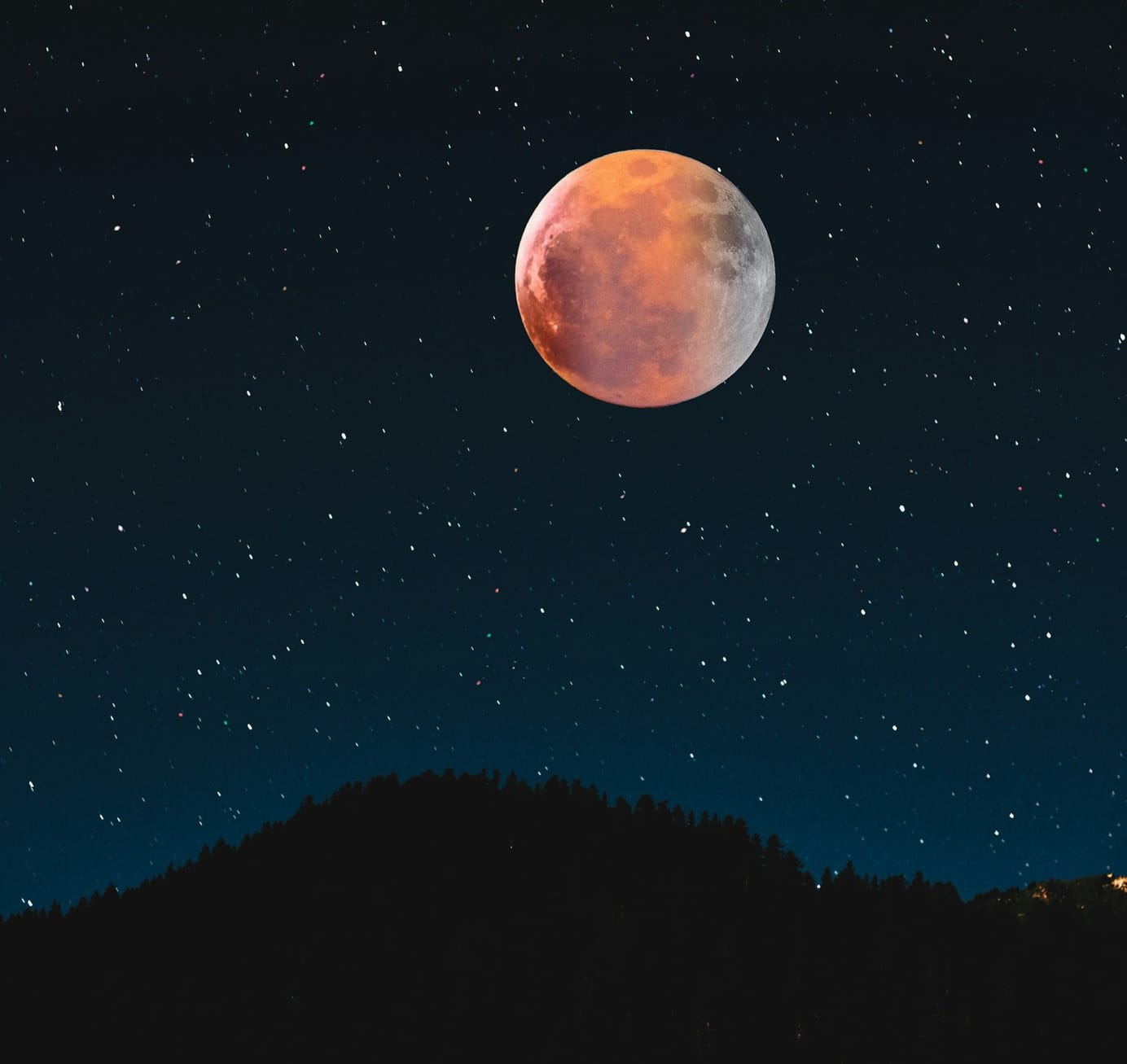
November Celestial Events
November offers rare occultations, bright planets, and meteor showers. The Moon, planets, and stars align for close encounters, with peak viewing times for various celestial phenomena across the night sky.
James Edgar
October 29, 2024
Key points from this story:
- New Moon on November 1
- Occultations in Southern Hemisphere
- Full Moon with Pleiades backdrop
- Jupiter visible with Galilean moons
- Zodiacal light visible in mornings
- North Taurid meteors peak November 11
The Moon is new on November 1. Fleeting Mercury is 2 degrees north of the Moon on the 3rd, but visible only for an instant at sundown. Later that same evening, Antares is occulted for Southern Hemisphere viewers-0.08 degrees away for northerners. A very slender Moon makes these events almost impossible to detect. Venus is involved in another close approach, 3 degrees north, but again, it's hard to see the sliver of a 2-day-old Moon.
Mercury and Venus are both south of the ecliptic, and so is the Moon. With the ecliptic almost horizontal, it sets shortly after the Sun, and by then the planets have already set. On the 10th, Saturn is occulted for southern viewers; for the north, the Ringed Planet is 0.09 degrees south of the Moon. Neptune is very close by on the 12th, occulted for North American observers. You'll need a telescope to see that one. The Moon is full on the 5th, with Uranus 4 degrees to the south and the stars of the Pleiades form a backdrop. On the 17th, Jupiter is 6 degrees south of the Moon, high in the southeastern sky. Pollux is next, 1.9 degrees north on the 19th; Mars is right behind on the 20th, 2 degrees south. The last occultation of November occurs in the early morning of the 27th, when Spica, the bright star in Virgo, is overtaken by the waning crescent Moon-viewable from most of North America.
Mercury is noted above, being close by the Moon on the 1st, but so too is the Sun-a non-event. On the 9th, Antares is 2 degrees south of Mercury right at sunset-a real challenge! The speedy planet reaches greatest elongation east on the 16th, offering the best time to view it, but still hampered by the shallow ecliptic.
Venus is also nearing its greatest elongation east, but not for a couple of months. It shines right after sundown in the southwest as the brightest object in the night sky. You should be able to see Venus even before sunset, it's that bright. This is the best apparition for Southern Hemisphere observers.
Mars gets closer and closer to Earth, brightening while apparently growing in size. The Red Planet is joined by the Moon on the 20th.
Jupiter is in northern Taurus, retrograding against the starry background. The gas giant is high in the southern sky all through the night, giving ample opportunity for binocular or telescope users to track the four Galilean moons- Io, Europa, Ganymede, and Callisto. It's a good way to watch that part of the Solar System as Galileo saw it over 400 years ago.
Saturn has been retrograding and slows to a stop on the 16th. Then it begins to slowly move eastward in prograde motion in eastern Aquarius. The Moon makes a very close pass on the 10th.
Uranus is at opposition (directly south) on the 17th, its highest altitude since the 1950s. Neptune makes a good telescope challenge in the evening, among the stars of Pisces.
The zodiacal light is visible before eastern morning twilight for the first two weeks of November. Daylight Saving Time ends on Sunday, the 3rd; the south Taurid meteors peak on the 5th. The north Taurid meteor shower peaks on the 11th.
Last Mountain Times Newsletter
Join the newsletter to receive the latest updates in your inbox.

